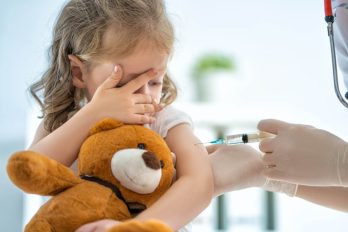If you’ve ever spent time watching television, you’ve almost certainly come across ads that ask you to talk to your doctor about some type of medication. While this might be a tough thing to do for the average person, it can feel even more challenging if you are doing so on behalf of your child. Luckily, it’s usually simple to talk to your pediatrician about your concerns.
The Important Factors to Discuss with Pediatricians
It’s always best to go into a conversation about medication with a pediatrician with the goal of solving a problem rather than talking about a specific medication. If you’ve noticed a drug that is advertised to help your child with a particular type of illness, for example, the best way to start the conversation with your doctor is to talk about how you can better manage that illness. Talking about medication is usually a logical follow-up question to that.
You may also want to spend some time doing some research on your own before you talk to your doctor. While pediatricians do a great deal of research on their own, being able to bring up specific concerns or points of interest can be a great way to help your doctor get a bit more information about your child’s needs. The more you’re able to bring to the table in this conversation, the better.
Don’t be afraid to talk to your child’s pediatrician if you have concerns about medication. You may be able to not only get more information about the medication in question, but you may also be able to work with your pediatrician to find a way to better manage your child’s condition. In addition, if you’re willing to start the conversation, your pediatrician may be able to find a suitable course of action that can help your child to live a better life regardless of what they end up being prescribed.




